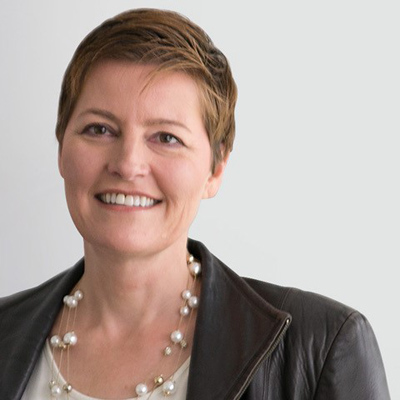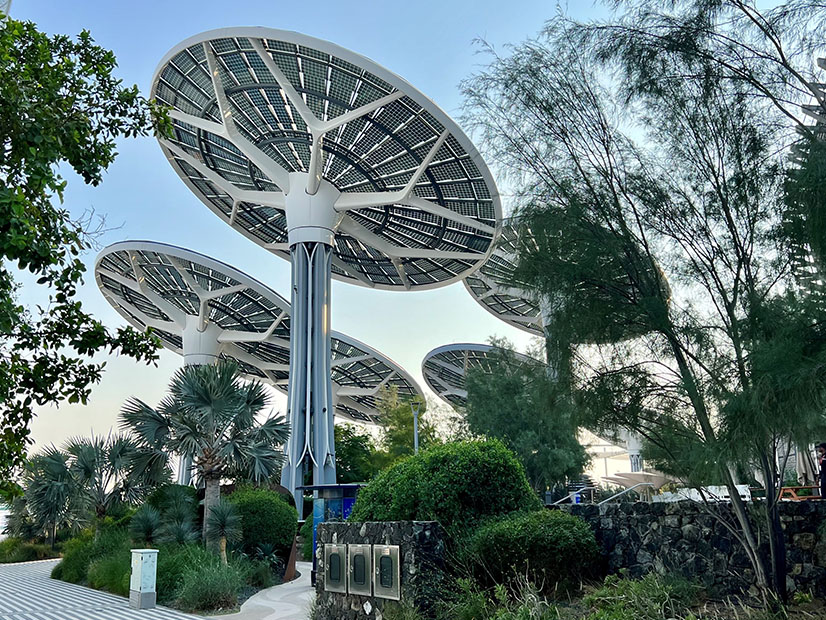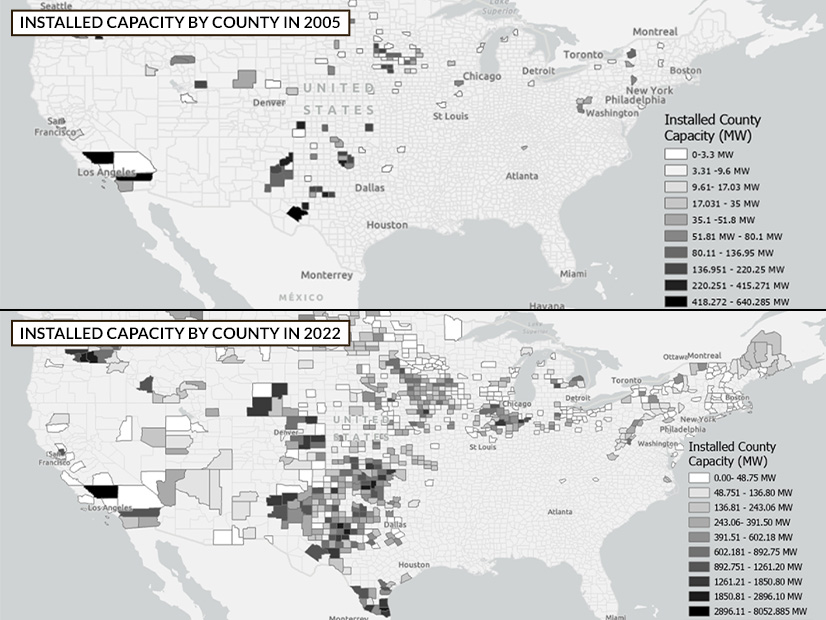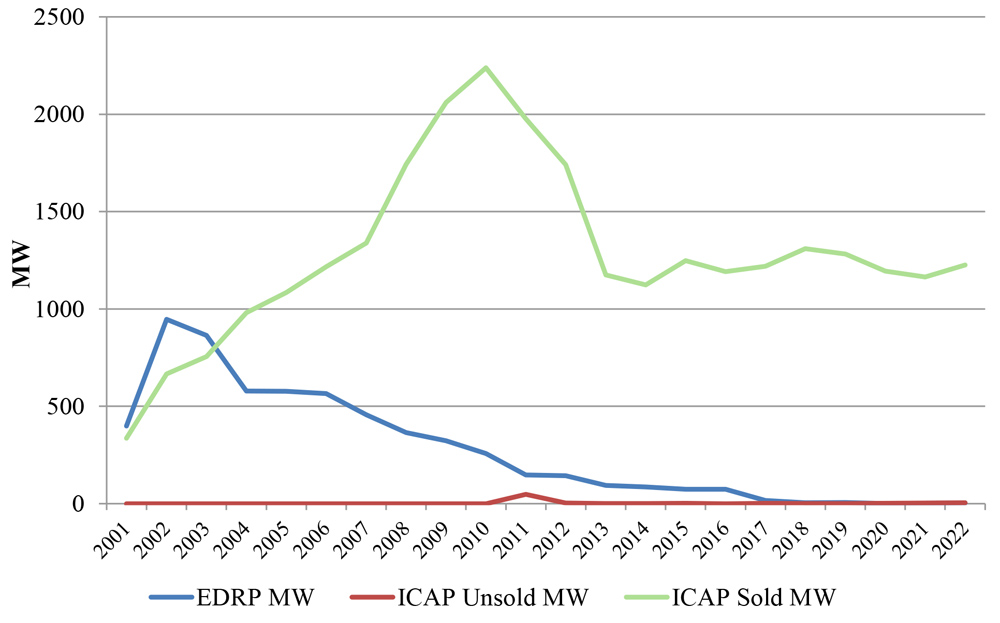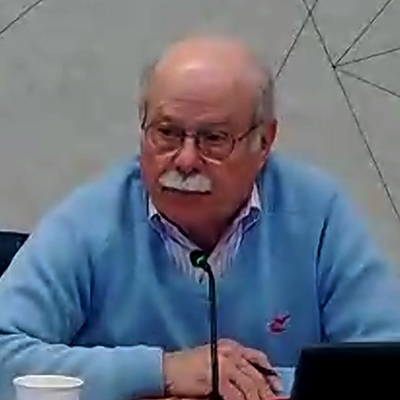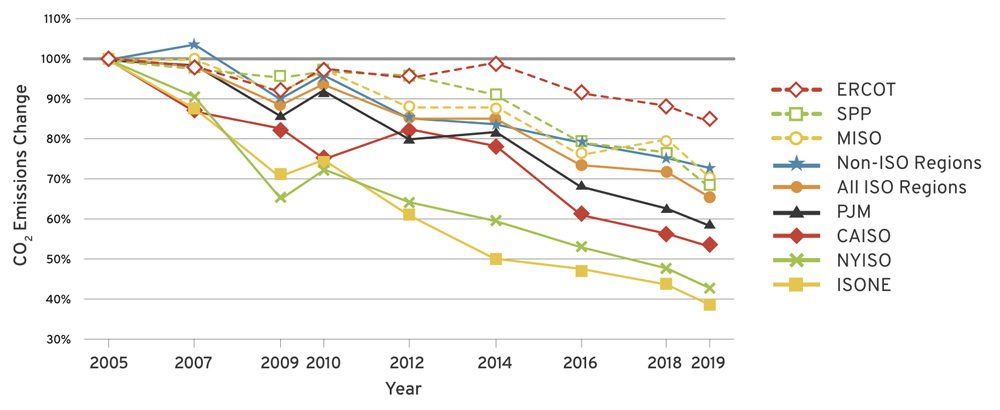DUBAI, UNITED ARAB EMIRATES — When an official meeting the size of COP28 brings powerful people to one place, a slew of conferences and events emerge on the periphery like a fairy circle. Put COP in a city known for tourism and well-equipped for a mass influx, and the side events begin to challenge the main show.
So while most journalists at COP28 were in the Blue Zone, where the global negotiations and other official meetings were held, I took a tour of the edge, attending events hosted by analysts and news organizations (S&P Global, The Wall Street Journal and Bloomberg Green), consultants (IDEO, McKinsey, Neol), incubators (Future Mobility Hub, Hub 71) and the sizeable Climate Action Innovation Zone, an umbrella event for multiple summits, forums and roundtables. And there was one event that can’t be named, but I’ll get to that later.
One Phrase to Hold on To
“Slow, then fast.”
It was a comment about change, about innovation, about the many new technologies in our world that, once they got going, accelerated faster than anyone could imagine. That phrase came back to me countless times in the days that followed.
Personal computers, cell phones, cars, lightbulbs: once they started to take off, they quickly became ubiquitous. And in the same way cell phones leapfrogged the Global South to better connectivity without the interim and expensive step of building landline infrastructure, climate solutions may leapfrog the most climate-harmed parts of the world to a clean energy future without the dirty and slow steps of building hydrocarbon-based generation and a grid. But it will require change that is “slow” today to quickly scale to “fast.”
Slivers of Hope in Unexpected Places
The topics covered by the multitude of events were rarely surprising: challenges in financing the energy transition, advances in the hard-to-decarbonize steel and concrete sectors, accelerating green building, the future of mobility. All interesting, but little new. The frank admissions that we are not moving fast enough and there are massive hurdles that could not be solved by the Blue Zone alone were not surprising to anyone who follows climate solutions. The same faces appeared at the different conferences, and when I found myself watching John Kerry, the U.S. special presidential envoy for the climate, for the second time, I knew it was time to dive into topics I knew less about.
Yet for all that is not moving fast enough, there were slivers of hope in unexpected places.
One area of hope came from the insurance industry: Small changes in underwriting rules can lower project insurance costs and open up better financing. Two examples: First, an industry-wide decision to define “nuclear” in a more nuanced way means that the risks of fission will no longer impact the cost of insuring fusion projects; second, after studying cross-laminated timber (CLT), an important green building material, a major underwriter reassessed its risk and will make buildings using the material easier to insure. The insurance industry had assumed CLT reacted to water the way the Ikea pressboard cabinet in your college dorm did after a spill. Not so.
Another surprising sliver of hope came from a comment tossed out on a panel about lowering carbon in industrial projects. Pumps account for around 10% (10%!!!) of all energy consumed, a solid two TW-years, yet most pumps are highly inefficient. New technologies could make pumps 80% more efficient, unlocking massive savings from a simple piece of technology we all use daily and rarely think about.
John Kerry shared news about global satellite methane tracking, giving hope that increased visibility will end the massive methane leakages in oil- and gas-rich basins that are currently uncounted in emissions statistics.
Finally, there was a story about toothpaste that’s worth a full article. But the bottom line that inspired hope was that one of the world’s largest consumer goods companies, Colgate-Palmolive, is sharing its IP to enable toothpaste tubes — which contain aluminum mixed with plastic — to become recyclable.
A Visit to the Green Zone
Within COP28 itself, the Green Zone is where all those without credentials — neither press nor official negotiating parties — can visit freely. While the first few days of the Green Zone required an invitation, by day four, events were open to anyone who registered online, including numerous groups of elementary school kids.
Inside the tented “hubs” spread out across the massive Expo 2020 site, it was trade-show-as-usual, albeit with fewer salespeople. The Climate Finance Hub had large booths mainly sponsored by banks; the Energy Transition Hub had yet more booths and scale models of green hydrogen and renewable energy plants. Aside from the Knowledge Hub, which was home to McKinsey’s stage and a handful of other consulting firm booths, most hubs were dominated by major corporations based in the Middle East. It was interesting for a day, and the stages in the hubs had a few good panel discussions, but most of the Green Zone felt like an ad for doing business in the UAE.
Long on Questions, Short on Answers
There are meetings around the skirts of COP28 that aim to make a difference, but it was rare to find one that really could have. I found myself at an invite-only event in the stunning Museum of the Future. It was the first time ever that I needed both hands to count the number of billionaires in the room. Add in former and current prime ministers, presidents and indigenous leaders, and I’d be taking off at least one shoe.
Held under Chatham House Rule, the details and attendees are confidential, but the gist is shareable. The intent was idealistic: a frank conversation about hard-to-solve issues, a focus on building models for the future, with everyone as participants, not audience. Yet even at this confluence of changemakers and captains of industry, the micro-TED-talks of the distinguished guests left little time for the hoped-for conversations.
I left at lunch — hurrying off to the next event — with scribbled notes on a page labeled “What if?” and questions that I wanted to ask should the microphone have ever reached me:
-
- What if we incent the hydrocarbon industry to strand dirty assets sooner? Do we finance the unbuilding of damaging sectors or is that rewarding past bad behavior?
- What if a “protection sector” is paid to protect and regenerate nature, and in a self-perpetuating way? Can blended financing change the mindset about risk in developing nature-based solutions?
- What if the cost of clean energy in far-flung regions is brought closer to parity with the developed world, when today solar, for example, costs 20 to 50 times as much on a Pacific island as in major markets?
- What if we preemptively manage the loss and damage that remote and indigenous communities will suffer as we ramp up mining for the essential ingredients of a cleaner future?
A Fountain of Excess
If you haven’t been to Dubai, imagine Vegas but bigger, hotter and newer. A lot bigger, hotter and newer. With a bigger, higher and more-Bellagio-than-Bellagio fountain at the base of the highest built structure in the world. Excess, thy name is Dubai.
Aside from the offensiveness of extreme wealth displays in a city whose wealth was derived from the very industry that is destroying poor parts of the planet, it does have one aspect that gave me hope: This whole invented place shows just what massive amounts of money can build when it’s spent with resolve. And solving climate change will require more money and more resolve than a thousand Dubais. But if Dubai is doable, perhaps solving climate change is too.
An Oasis of Hope in the Desert
There’s a much-needed day off in the middle of COP, though it was my last day in the UAE. I traveled with clean energy accelerator New Energy Nexus to an agricultural incubator launched by Silal, a diversified ag leader in Abu Dhabi with an eye on the region’s food security.
After more than an hour driving through flat sandy lands dotted with camels and low-slung buildings, we turned off the highway to a dirt road surrounded by construction vehicles. Two more turns, and I was on the doorstep of two startups building a new ag future: Desolenator and iyris by Red Sea.
They deserve a deeper dive, which will come, but I left with hope: If solar panels can supply clean water and a literally cool greenhouse can deliver a mountain of cherry tomatoes amid the desert, perhaps humankind can innovate fast enough to stay ahead of climate-driven food shortages.
Whether green innovation and capitalism can solve the climate crises created by last century’s hydrocarbon-centered innovation and capitalism is unclear. What is clear is that innovation and capitalism are moving faster than diplomacy. The final day of COP28 yielded some groundbreaking agreements on cutting fossil fuel use — albeit less vigorous than many had hoped for — but policy doesn’t always precede action.
Innovations in risk management, finance, corporate cooperation, energy efficiency, hard-to-decarbonize sectors, clean energy and food may drive change that is “slow, then fast.” And we need to reach “fast” as soon as we can.
